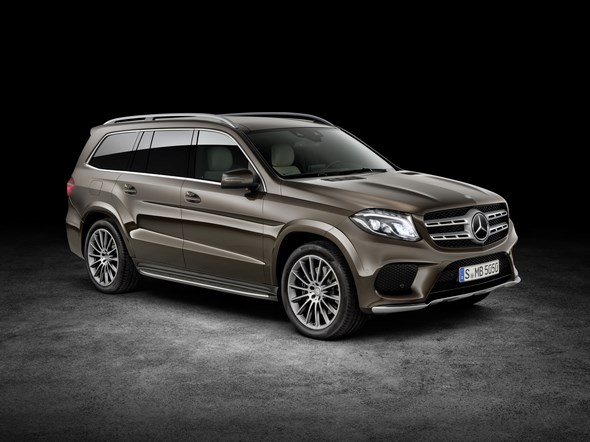The luxury Coupes A tradition of setting the style
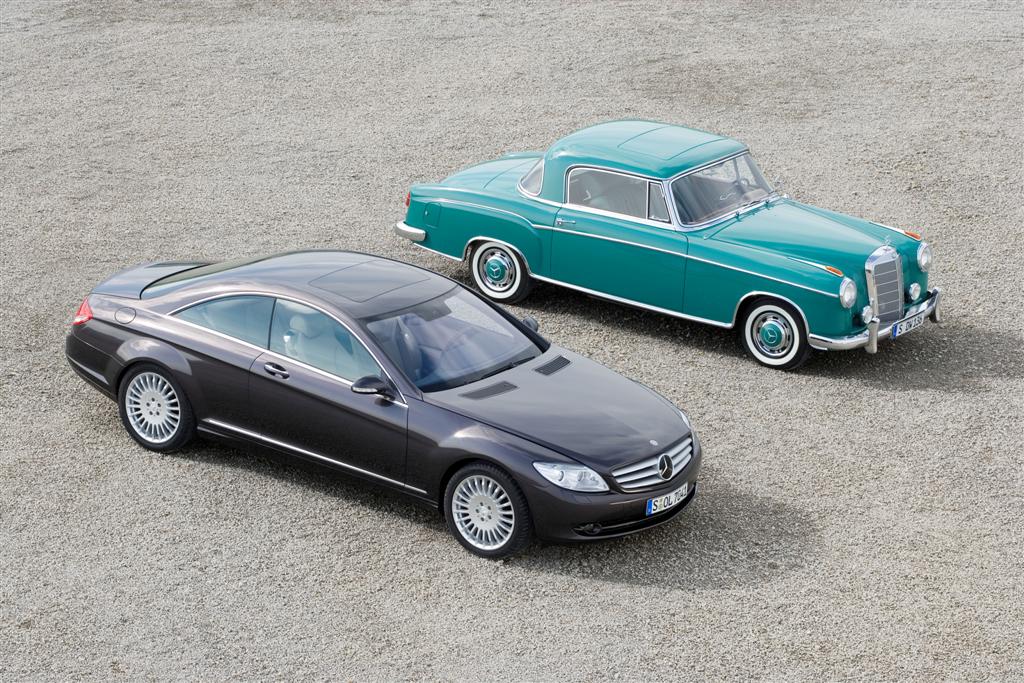
In a class of their own

For many decades, the large coupes by Mercedes-Benz have been synonymous with elegance and exclusivity in automotive engineering. An exceptional design, high-quality appointments and trailblazing technology come together as a style-defining whole. At the same time the luxury coupes never make their appearance merely as variants of the saloon models, but rather as a visibly distinctive line within the
respective model series. They have also offered groundbreaking innovations in vehicle technology, for example in 1995 with ESP, the Electronic stability Program. They have amazed fellow-designers and fascinated countless customers all over the world. This consistent principle of distinctiveness extends from the 300 S Coupe, which entered series production in 1952 and perfectly symbolises the transition from the post-war era to the boom period of the economic miracle, and on to the CL 500 of 1999 in which the Active Body Control suspension system celebrated its world debut. But for all their technical refinements, the coupes also give rise to emotions. Their appearance is a delight to the senses.
Building exceptional cars was already a carefully and intensively maintained tradition at Mercedes-Benz before the Second World War. These include, for instance, the very rare Coupe versions of the supercharged models bearing the Mercedes star on their bonnets, which were produced between 1920s and 1930s. They have lost none of their eye-catching effect today, and are sought-after cultural representatives of their time which need fear no comparison with valuable paintings in terms of their value and importance.
Mercedes-Benz built on this tradition only a few years after the end of the war, when it presented the 300 S Coupe at the Paris Motor Show in 1951 – the S-Class Coupe in the W 188 model series. The general enthusiasm peaked in the verdict of the motoring press, which referred to “a car for the worlds elite”. The motoring public were also surprised, as nobody had expected a German manufacturer to make a smooth transition from the austerity of the war years to the production of exclusive luxury cars from practically a standing start.
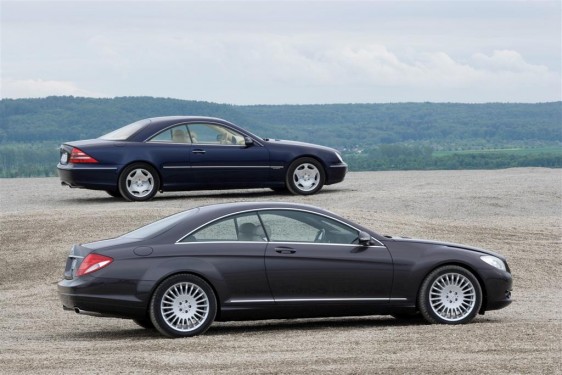
The 300 S Coupe, which entered series production in summer 1952, was the crowning glory of several promising indications that the German economy was back in business. Not only was Mercedes-Benz showing that it was worthwhile to invest creative potential in the future, the 300 S Coupe also demonstrated that there was a market for exclusive products even in difficult times.
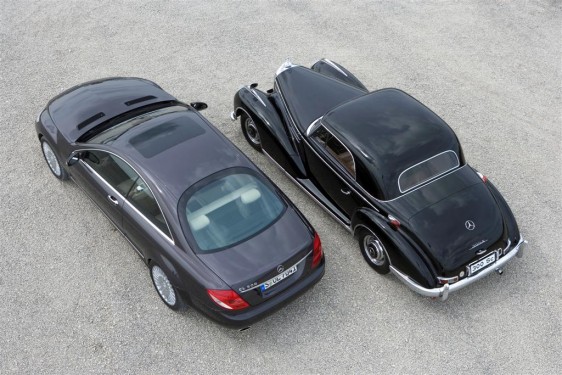
This was by no means commonplace at the time. While luxury was not unknown, it was far out of reach for most people. In 1952 the road surfaces and network were anything but perfect, and communications technology was still in its infancy. In 1952, for example, telephone operators faced redundancy when West Germany began to convert from manual switchboards to self-dialling for long-distance calls. The television age was taking its first faltering steps, initially only in black-and-white. From todays perspective these were certainly pioneering achievements, however.
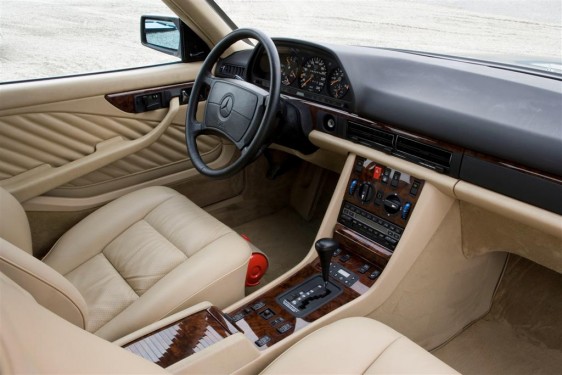
In this environment the Mercedes-Benz 300 S Coupe represented a cultural phenomenon, combining a successful design, exclusive appointments and the best vehicle technology of its day into a style-defining whole. In a sense it was a window on the future of the automobile, and it also marked the birth of a new Mercedes-Benz tradition which has remained alive to this day: the tradition of large coupes with their visionary symbiosis of perfectionism and emotion.



